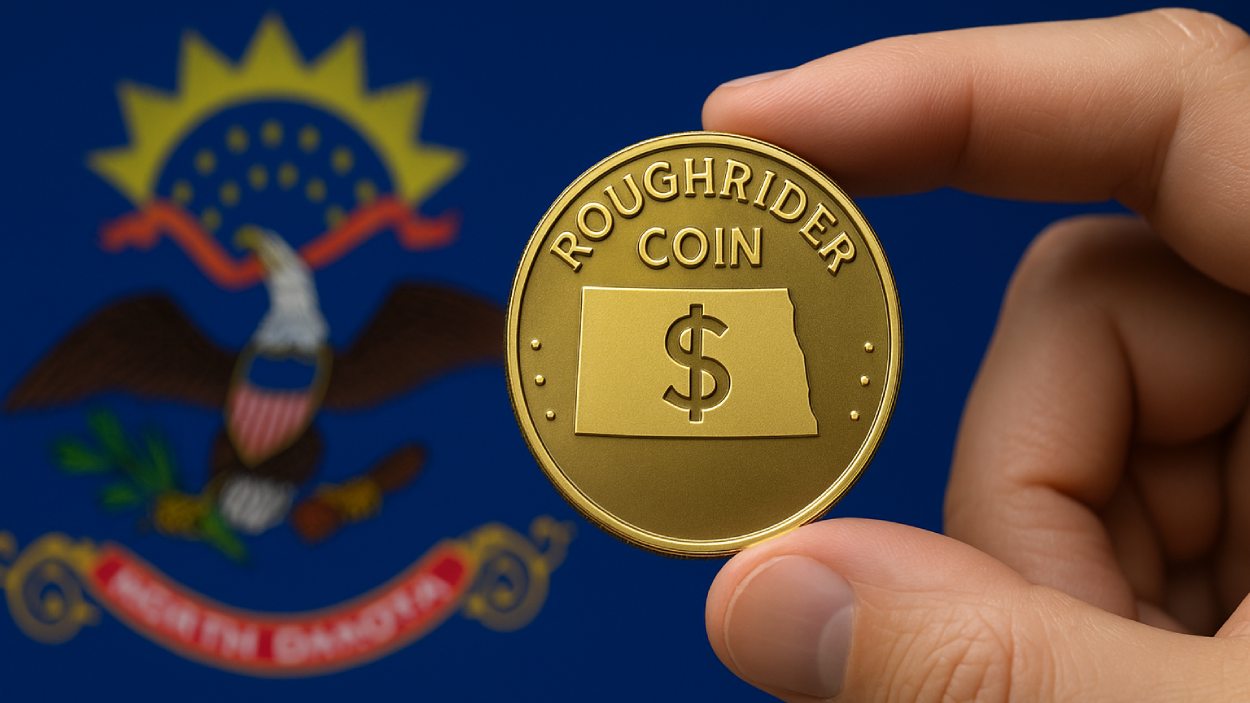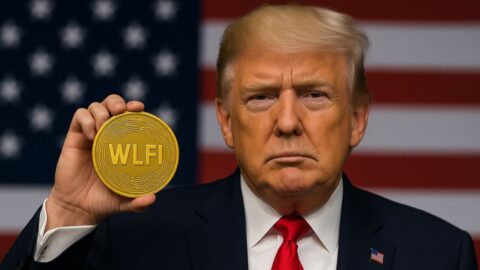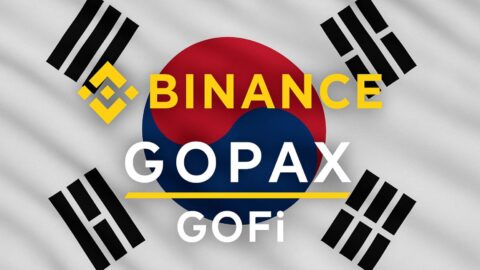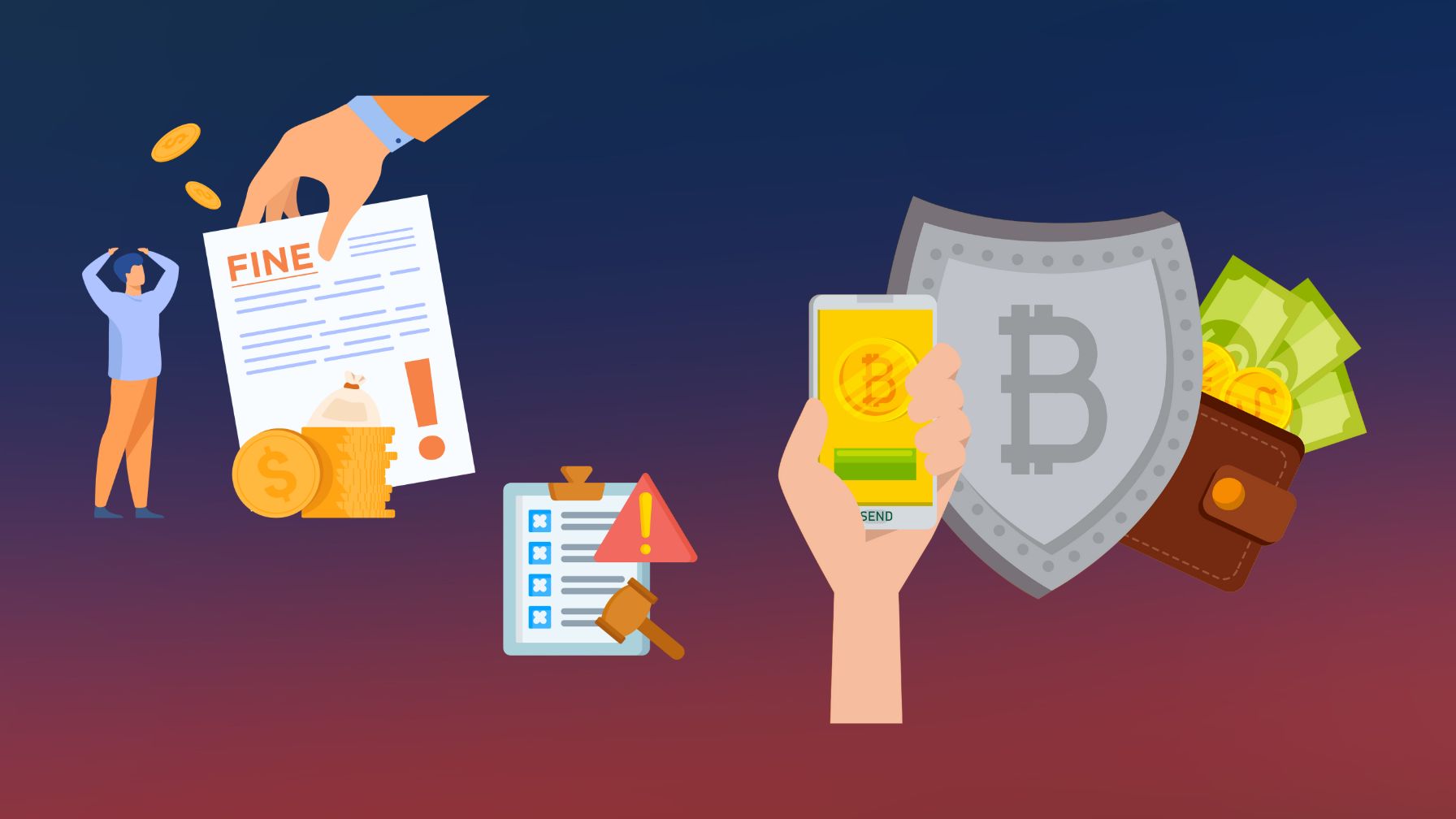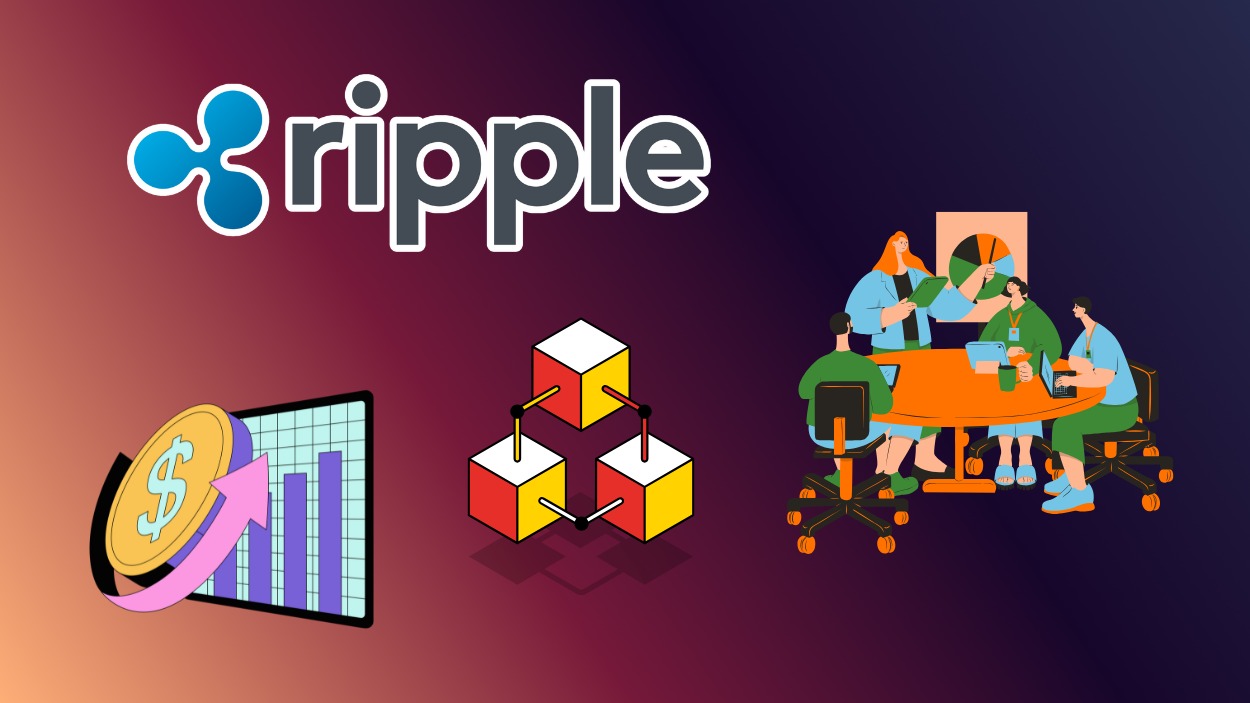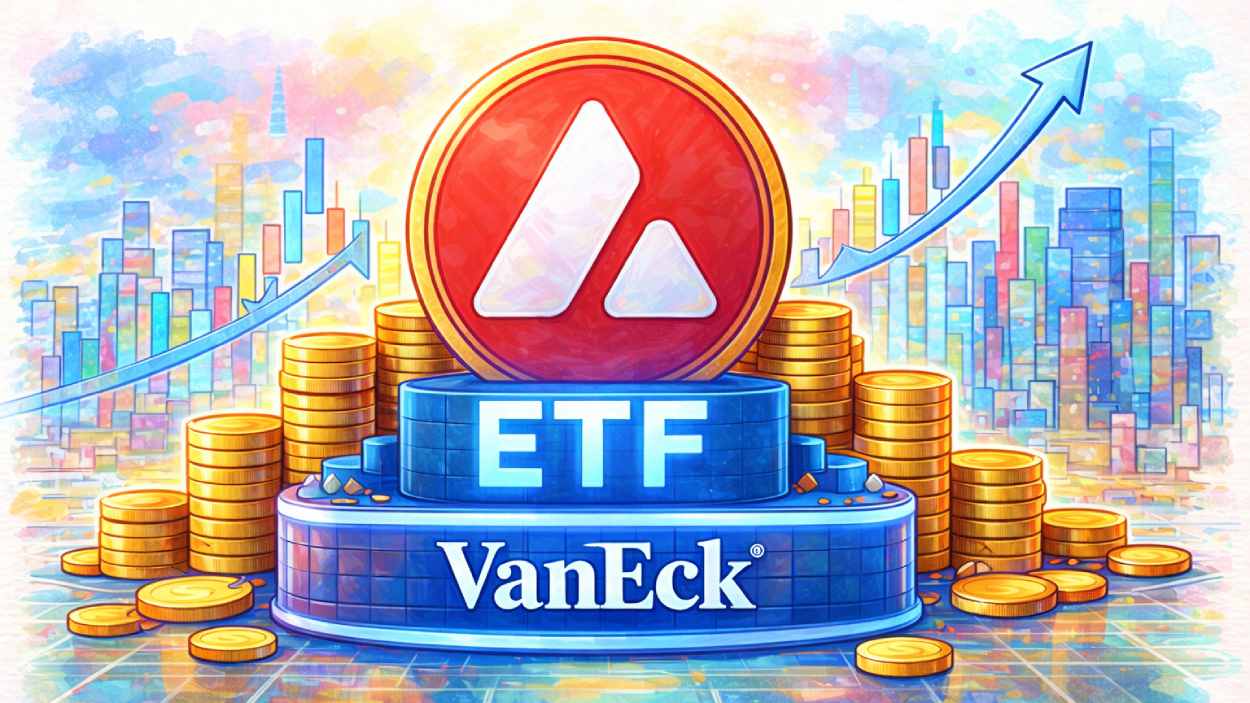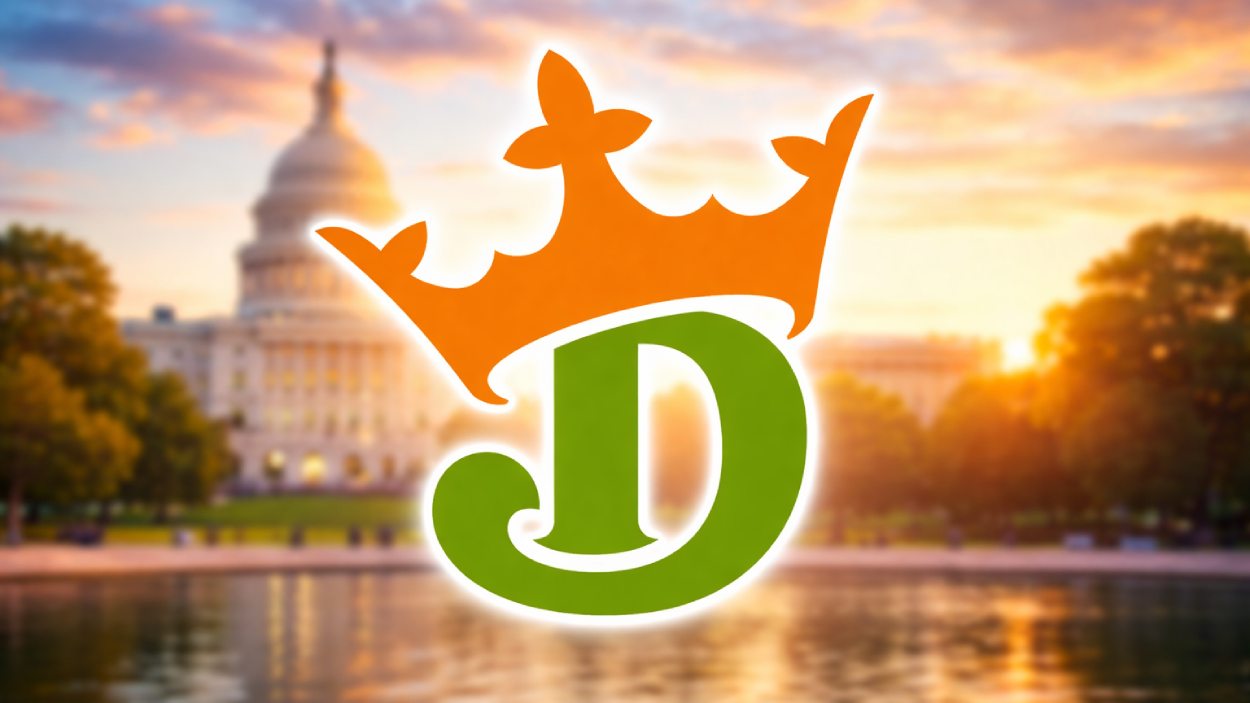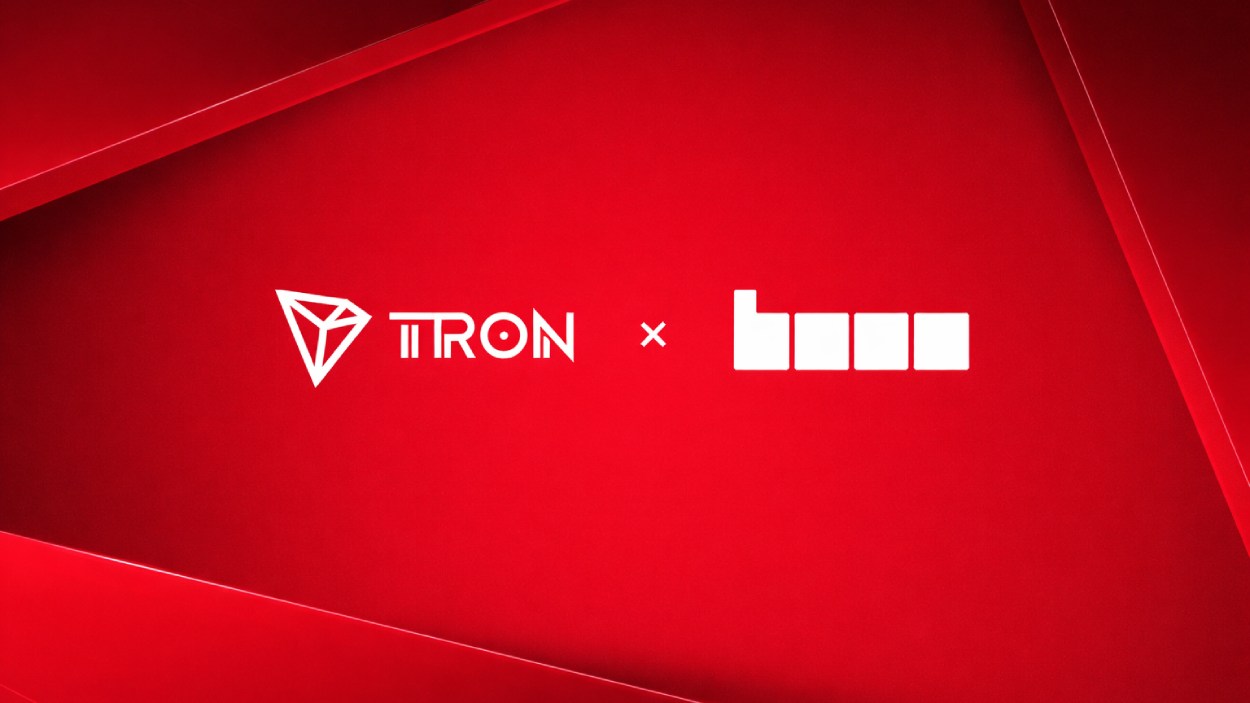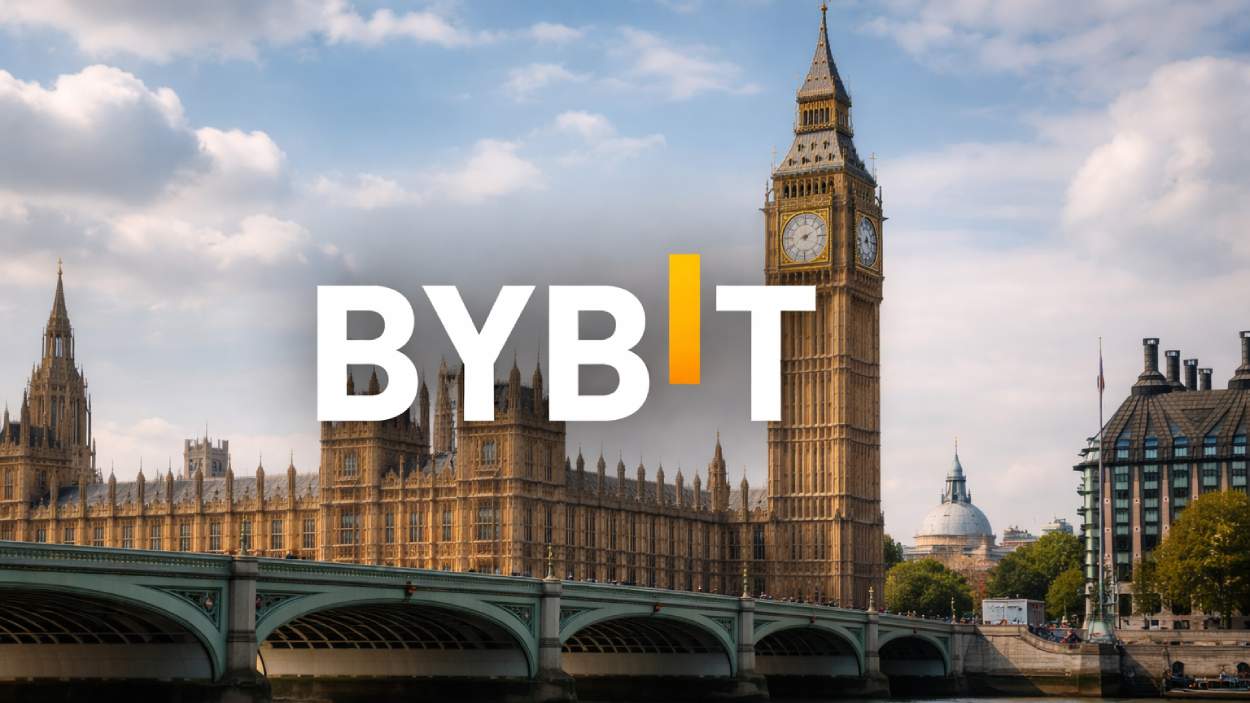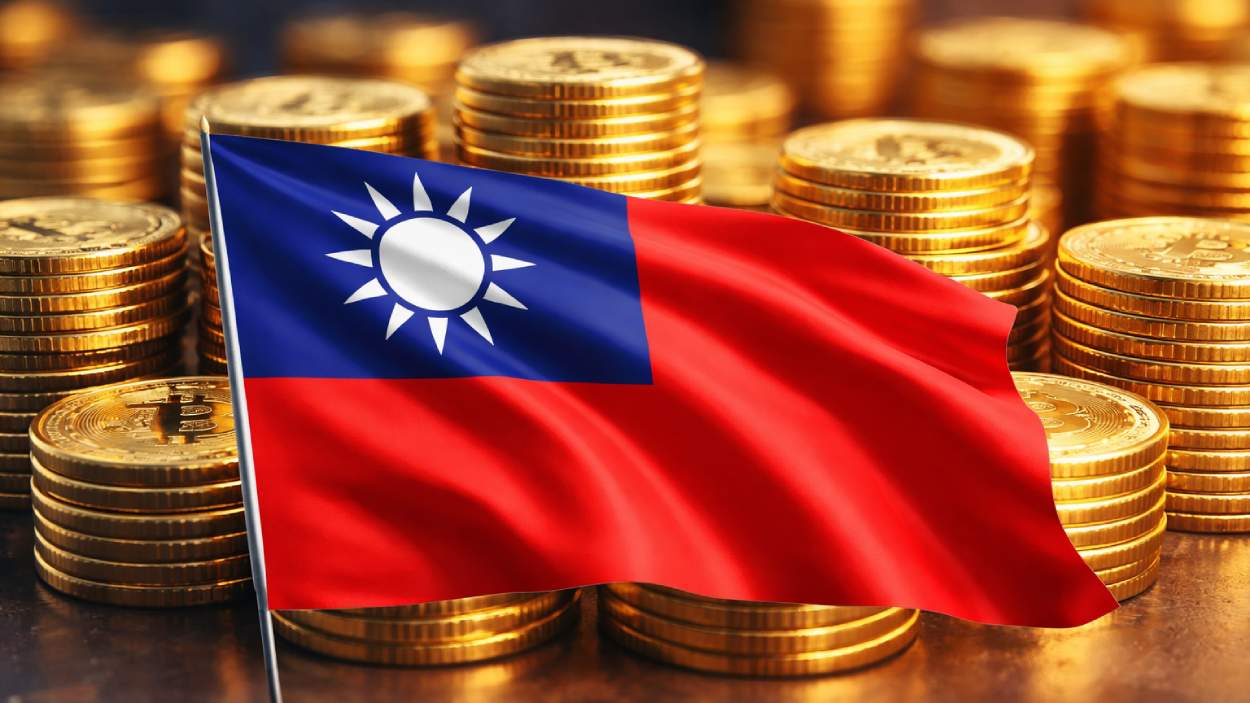North Dakota is stepping into the digital currency space with its own state-backed stablecoin known as Roughrider Coin, aimed at modernizing the way local banks and credit unions move money.
Key Takeaways
- Roughrider Coin will be North Dakota’s first state-issued stablecoin, backed one-to-one by U.S. dollars.
- The Bank of North Dakota is partnering with financial technology giant Fiserv to launch the coin in 2026.
- Initially, the coin will be used to speed up bank-to-bank transactions, replacing multi-day processes with near-instant transfers.
- The project is among the first in the U.S. and follows new federal legislation regulating stablecoins.
What Happened?
The Bank of North Dakota announced it will launch the state’s first stablecoin, called Roughrider Coin, through a partnership with Fiserv, Inc. This dollar-backed digital currency is designed to modernize internal banking systems and enhance transaction speed across North Dakota’s financial institutions. The coin’s pilot phase is expected to begin in 2026, pending approval from the North Dakota Industrial Commission.
The Bank of North Dakota has always been an innovator, and today we announced a partnership with Fiserv to develop ND’s own stablecoin, the Roughrider coin. This digital asset, backed by the U.S. dollar, will improve efficiency and quality control in the banking sector, a direct… pic.twitter.com/1yIB9A3Zr9
— Governor Kelly Armstrong (@GovArmstrong) October 8, 2025
North Dakota Embraces Blockchain for Bank Transfers
The Roughrider Coin project places North Dakota among a small but growing number of U.S. states testing government-backed digital currencies. The move comes just months after Wyoming introduced its Frontier Stable Token, making North Dakota the second state to roll out a stablecoin initiative.
Unlike many cryptocurrencies that experience wide price fluctuations, Roughrider Coin is fully backed by U.S. dollars or equivalent reserves such as short-term Treasury securities. This ensures price stability and compliance with recently passed federal regulations under the Genius Act, signed into law in July.
Governor Kelly Armstrong called the initiative “a cutting-edge approach to creating a secure and efficient financial ecosystem for our citizens.” Don Morgan, CEO of the Bank of North Dakota, added that the initiative builds on the bank’s 106-year tradition of supporting agriculture, commerce, and local industry.
The Technology Behind the Coin
Roughrider Coin will be hosted on the Fiserv digital asset platform, using foundational technology from blockchain providers Paxos and Circle. Fiserv’s COO Takis Georgakopoulos said the coin represents the fusion of “the reliability of traditional finance and the innovation of blockchain,” offering faster and smarter digital payments.
The coin will first be used for interbank transactions such as loan disbursements, overnight lending, and construction financing. These types of transfers, which currently take several days, could be executed in minutes once the system goes live.
Key features of the Roughrider Coin program:
- Available to local banks and credit unions across North Dakota.
- Interoperable with other digital assets on the Fiserv platform.
- Plans to expand usage depending on regulatory outcomes and user adoption.
- No immediate impact on consumer banking interfaces.
Preparing for a Digital Financial Future
The Bank of North Dakota began exploring the use of stablecoins after the Genius Act established a legal framework for their issuance. This federal legislation gave banks the clarity and confidence to experiment with blockchain-based digital assets.
To gain regulatory approval, the bank will submit a comprehensive analysis to the North Dakota Industrial Commission. This includes risk assessments, usage projections, and cost-benefit analyses. If greenlit, a pilot program will be launched with a select group of local financial institutions.
Bank executives emphasize that while the initial use case is strictly interbank, the infrastructure being built could support broader applications in the future. For example, merchants could eventually accept Roughrider Coin as a form of payment if adoption grows.
CoinLaw’s Takeaway
In my experience covering blockchain and finance, this is one of the most strategic and practical stablecoin rollouts by a U.S. state so far. North Dakota isn’t trying to replace cash or shake up retail payments overnight. Instead, they’re upgrading back-end systems that are often invisible to the public but vital to keeping money flowing. I found it especially smart that they partnered with an established tech provider like Fiserv. That adds credibility and infrastructure muscle to an already forward-thinking plan. If this pilot works, I wouldn’t be surprised to see other states follow suit.
Hover or focus to see the definition of the term.

